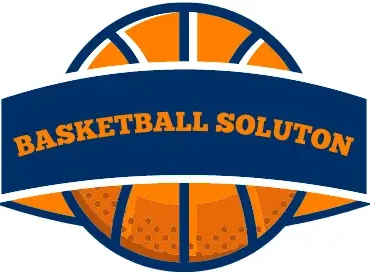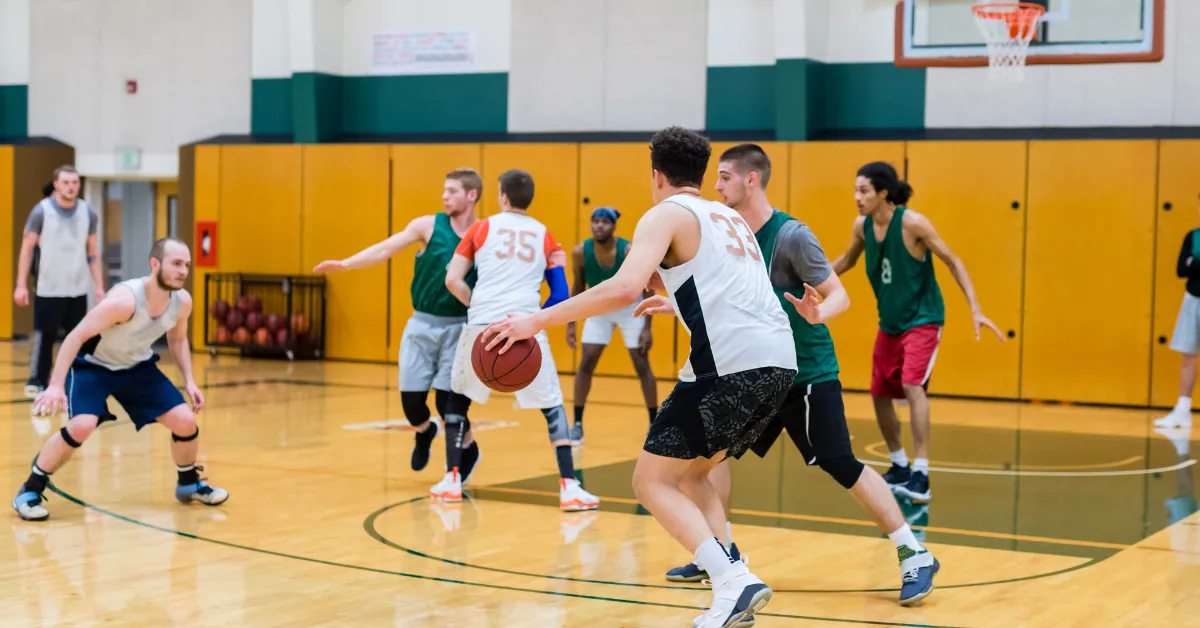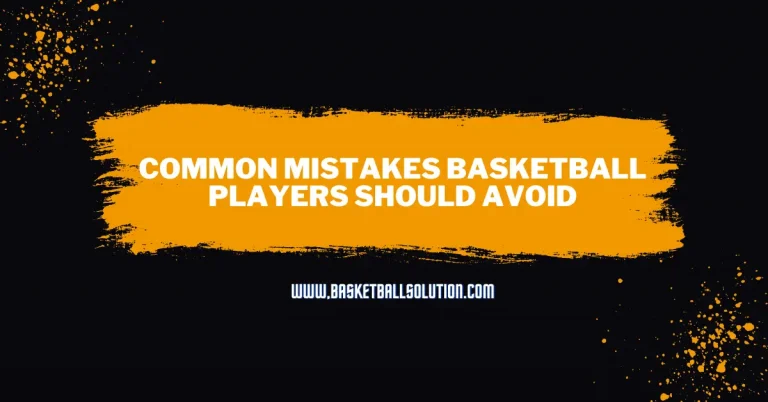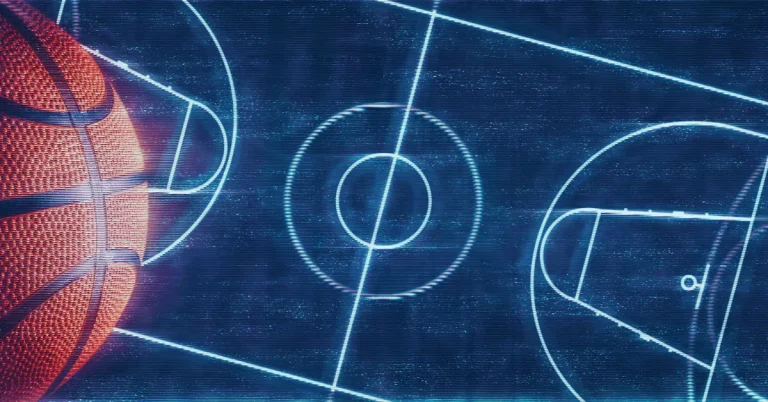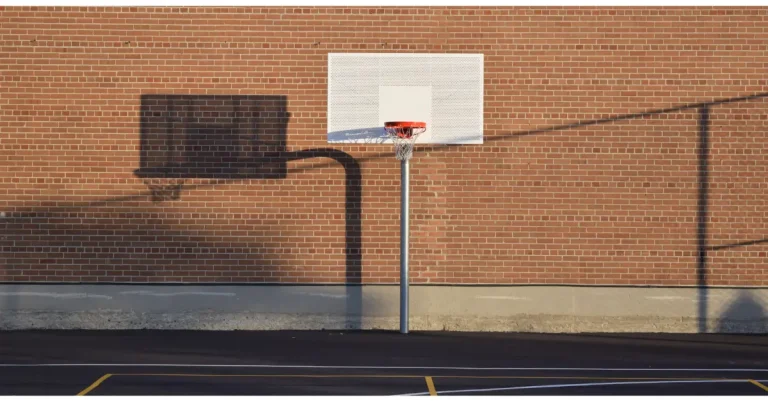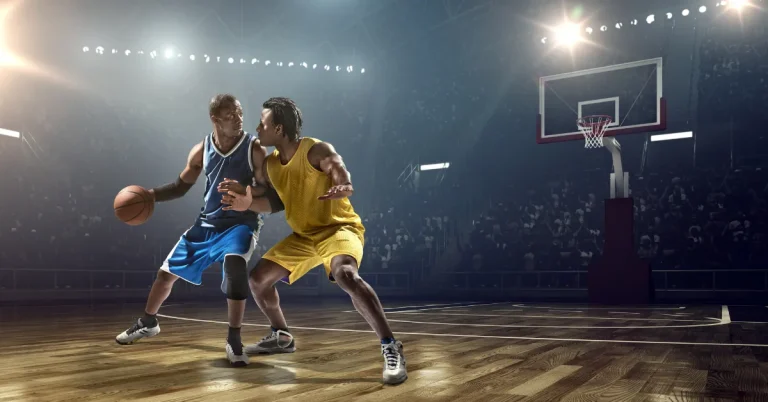Assists in Basketball: NBA and NCAA Rules
Assists in basketball are the embodiment of teamwork and selflessness. They involve skillfully passing the ball to a teammate, setting them up for a successful score. In essence, assists are the art of creating scoring opportunities for others.
Assists in basketball are passes made by a player that directly result in a teammate scoring a basket.
These assists are not merely statistics on a sheet; they play a fundamental role in team play. They promote ball movement, maximize offensive efficiency, and enhance team chemistry. Involving teammates in the scoring process assists strengthens the bond within the team and fosters a sense of unity on the court.
What is Assists in NBA and NCAA Basketball?
In both the NBA (National Basketball Association) and NCAA (National Collegiate Athletic Association) basketball, an assist is a statistical category that measures a player’s contribution to a field goal by a teammate. An assist is awarded to a player who passes the ball to a teammate in a way that directly leads to a made basket, and the teammate scores without having to dribble before shooting.
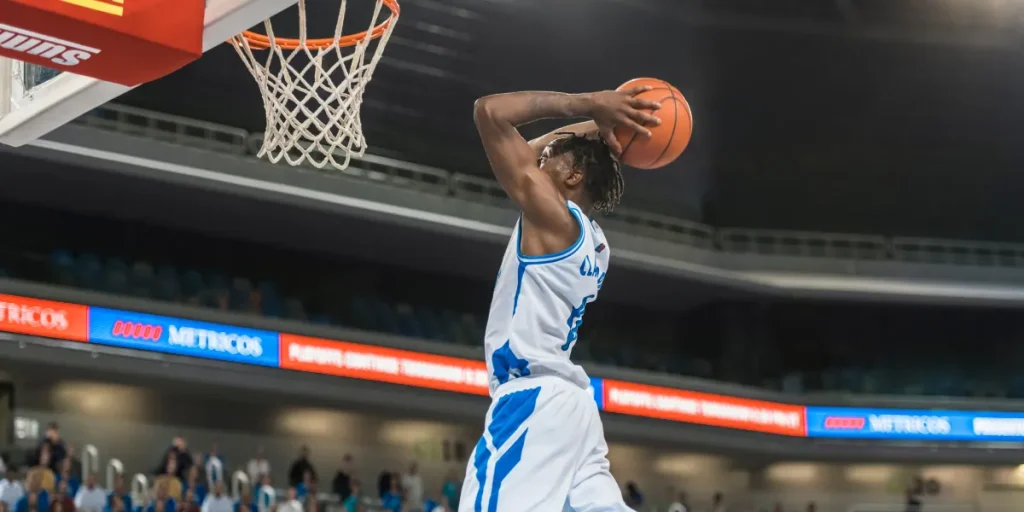
In the NBA, assists are tracked throughout the game and are an important measure of a player’s playmaking ability and contribution to their team’s offense. Players who excel at passing and creating scoring opportunities for their teammates often accumulate high assist numbers.
Similarly, in NCAA basketball, assists are recorded and tracked as part of a player’s statistical performance during games. Like in the NBA, assists in college basketball highlight a player’s ability to facilitate scoring opportunities for their team and contribute to their team’s success on the court.
Types of Assists in Basketball
In basketball, there are different types of assists that players can make to contribute to their team’s scoring success.

Direct Assists
Direct assists occur when a player makes a pass that leads directly to a teammate scoring a basket. It involves a precise and well-executed pass that allows the receiving player to immediately convert it into points. Direct assists showcase the playmaker’s ability to create opportunities for their teammates and capitalize on offensive plays.
Secondary Assists
Secondary assists, also known as “hockey assists,” occur when a player makes a pass to another teammate, who then assists in scoring the basket. In this case, the initial passer sets up the play that leads to the assist, playing a pivotal role in the scoring sequence. Secondary assists recognize the importance of the initial pass that sets up the primary assist, highlighting the player’s awareness and ability to make the right play.
Free Throws Assists
A free throw assist occurs when a player makes a pass to a teammate who is fouled and subsequently makes both of their free throw attempts. The player who made the pass is credited with a free throw assist. It indicates that the pass directly led to the teammate being fouled and scoring points from the free-throw line. Free throw assists are not very common and typically happen when a player sets up a teammate for a clear scoring opportunity, drawing a foul in the process.
Strategies of Assisting
These techniques and strategies are essential components of the art of assisting. Playmakers who master these skills become maestros on the court, orchestrating the offense and creating scoring opportunities for their team.
Creating Passing Lanes: By understanding the court geometry and positioning, playmakers create passing lanes. They utilize dribble penetration, off-ball movement, and court awareness to create open spaces for successful passes. Creating passing lanes opens up opportunities for teammates to receive the ball in advantageous positions.
Utilizing Screens and Pick-and-Rolls: Playmakers employ screens and pick-and-rolls to manipulate the defense and create scoring opportunities. They use screens set by teammates to create separation, draw defenders, and open passing lanes. Pick-and-rolls involve the playmaker using a screen to drive toward the basket or make a pass to an open teammate.
Reading the Defense and Making Quick Decisions: Effective playmakers possess the ability to read the defense and make split-second decisions. They analyze the positioning and movements of defenders to identify passing windows. By making quick decisions, playmakers exploit defensive weaknesses and deliver accurate passes before the defense can react.
Famous Players in Basketball History
Throughout basketball history, there have been exceptional players who have left an indelible mark on the game. Let’s explore a few of these legendary figures:
Magic Johnson
Magic Johnson, a 6’9″ charismatic and versatile player, was known for his exceptional playmaking. With incredible court vision and passing skills, he orchestrated the offense with flair, delivering pinpoint passes. He controlled the game and created scoring opportunities, earning the nickname “The Maestro of Playmaking.”
John Stockton
John Stockton, a legendary point guard, holds the NBA record for most career assists. Known as “The Assist King,” he showcased exceptional passing skills and basketball intelligence throughout his career.
Steve Nash
Steve Nash, a two-time NBA MVP, was a master of offense facilitation. With exceptional ball handling, court vision, and passing accuracy, he created scoring opportunities for his teammates. Known as “The Master Facilitator,” Nash’s leadership and playmaking skills elevated his teammates’ performance.
FAQs
What is the Assists percentage in basketball?
Assist percentage in basketball is a statistic that measures the ratio of a player’s assists to their teammates’ made field goals. It indicates the percentage of field goals a player assisted while they were on the court.
How many dribbles for an assist in basketball?
In basketball, officials can award an assist to a player who passes the ball to a teammate that immediately scores a field goal, regardless of the number of dribbles involved. There is no specific requirement for the number of dribbles to be credited with an assist.
What are assists in basketball in the NBA?
In the NBA, players receive assists when they make a pass that directly leads their teammate to score a field goal.. The player receiving the pass must score the basket without taking any additional dribbles.
Conclusion
Assists are a crucial component of successful basketball gameplay, showcasing teamwork and selflessness. While striving for assist mastery, players must also understand and adhere to the Carry Rule to avoid turnovers and maintain fair play. By developing their passing skills, and court vision, and staying updated on basketball rules, players can make a significant impact on their team’s success. So, embrace the art of assists, honor the Carry Rule, and elevate your basketball game to new heights.

Passionate basketball player striving for excellence on and off the court. Dedicated to the game since youth, I have honed skills through years of practice. Explore my journey, gear reviews, and dunking tips. Let’s elevate our game together!
